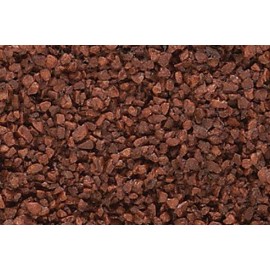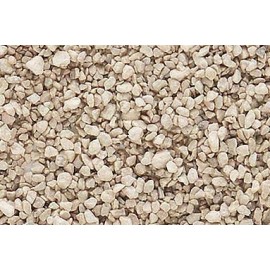Historically, a group of wagons connected together and forming a train was often referred to as a "rake." This term...
No products
Product successfully added to your shopping cart
There are 0 items in your cart. There is 1 item in your cart.
Search Tips
Christmas and New Year
We are dispatching orders every weekday apart from Christmas Day, Boxing Day and New Year's Day.
If you order is time critical, select next day delivery at checkout.
The shop in Sandown is closed from 25th December, reopening on 30th December.
Should I add ballast to my empty model wagons to prevent them from derailing?
Yes, adding ballast to empty model wagons can help to prevent them from derailing. Ballast is typically added to wagons in real-life trains to add weight and increase stability. In model railways, adding ballast to empty wagons can help to keep them on the tracks, especially when negotiating curves and steep gradients.
To add ballast to model wagons, a modeller can use materials such as sand, gravel, or even small stones. Simply fill the wagon with the desired amount of ballast, making sure that it is evenly distributed throughout the wagon. This will help to keep the wagon stable and reduce the risk of derailing.
It is important to note that adding too much ballast to a wagon can also cause issues, as it can increase the weight of the wagon and put additional stress on the locomotive, tracks, and other components. To avoid this, it is best to use the manufacturer's recommended weight limits for the wagons and follow any specific instructions for adding ballast.
In conclusion, adding ballast to empty model wagons can be a simple and effective way to help prevent them from derailing and improve the stability of wagons operating on a model railway.
Click here to receive the tips weekly in your mailbox. You can unsubscribe at any time.










